
Pointe Coupee Parish is a parish located in the U.S. state of Louisiana. As of the 2020 census, the population was 20,758. The parish seat is New Roads.
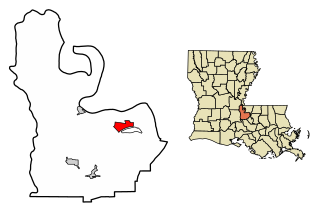
New Roads is a small town in Pointe Coupee Parish, Louisiana, United States. The center of population of Louisiana was located in New Roads in 2000. The population was 4,831 at the 2010 census, down from 4,966 in 2000. In the 2020 census the population was 4,549, while at the beginning year of 2023 the census showed a population of 4,205 and expects to be under 4,000 by the years end. The city's ZIP code is 70760. It is part of the Baton Rouge Metropolitan Statistical Area.
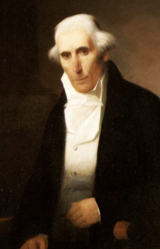
Julien de Lallande (Lalande) Poydras was a French American merchant, planter, financier, poet, educator and political leader who served as Delegate from the Territory of Orleans to the U.S. House of Representatives from 1809 to 1811. He was a catalyst in the promotion of Louisiana statehood and helped draft the state's first constitution. He served as the first President of the Louisiana State Senate from 1812 to 1813.

Dillard University is a private, historically black university in New Orleans, Louisiana. Founded in 1930 and incorporating earlier institutions founded as early as 1869 after the American Civil War, it is affiliated with the United Church of Christ and the United Methodist Church.

Ernest James Gaines was an American author whose works have been taught in college classrooms and translated into many languages, including French, Spanish, German, Russian and Chinese. Four of his works were made into television movies.
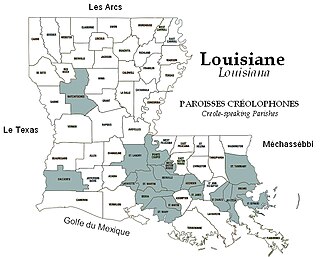
Louisiana Creole is a French-based creole language spoken by fewer than 10,000 people, mostly in the state of Louisiana. Also known as Kouri-Vini, it is spoken today by people who may racially identify as White, Black, mixed, and Native American, as well as Cajun and Creole. It should not be confused with its sister language, Louisiana French, a dialect of the French language. Many Louisiana Creoles do not speak the Louisiana Creole language and may instead use French or English as their everyday languages.

Straight University, was an American historically black college that operated between 1868 and 1934 in New Orleans, Louisiana. After struggling with financial difficulties, it was merged with New Orleans University to form Dillard University.

Louisiana Creoles are people descended from the inhabitants of colonial Louisiana before it became a part of the United States during the period of both French and Spanish rule. As an ethnic group, their ancestry is mainly of Louisiana French, West African, Spanish and Native American origin. Louisiana Creoles share cultural ties such as the traditional use of the French, Spanish, and Creole languages and predominant practice of Catholicism.

Henry S. Johnson was an American attorney and politician who served as the fifth Governor of Louisiana (1824–1828). He also served as a United States representative and as a United States senator.

Lakeland, is a village in southeastern Pointe Coupee Parish, Louisiana United States. The area is home to several plantation houses such as Alma and Poydras Plantations.
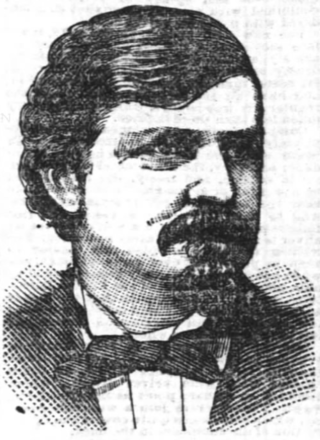
Theodore Stark Wilkinson was a member of the U. S. House of Representatives representing the state of Louisiana. He served two terms as a Democrat. After leaving office, he was appointed collector of the U.S. Custom House at New Orleans by President Grover Cleveland.
Theodore Kenneth (T.K.) Lawless was an American dermatologist, medical researcher, and philanthropist. He was a skin specialist, and is known for work related to leprosy and syphilis.
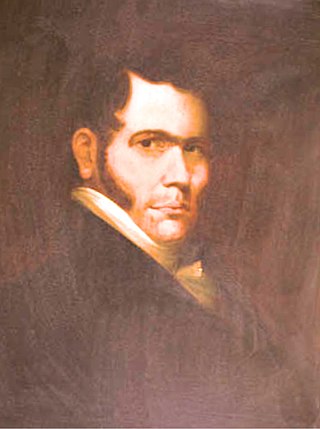
Arnaud Julie Beauvais, also known as Armand Beauvais, or Arnaud Jules Beauvais, was the seventh Governor of Louisiana, as well as member and Speaker of the Louisiana House of Representatives, and member and President of the Louisiana State Senate. His governorship oversaw little change, aside from the transition of the capital of Louisiana being moved from New Orleans to Donaldsonville. He worked as a merchant and plantation owner, as well.
Hewitt Leonidas Bouanchaud was a Democratic politician in the U.S. state of Louisiana. A native of Pointe Coupee Parish, Bouanchaud was elected a member of the Louisiana House of Representatives in 1904. After an absence of one term, he was elected again in 1912 and 1916. In 1916, he was named Speaker of the Louisiana House. In 1920, he was elected lieutenant governor as the running mate to gubernatorial candidate John M. Parker, a Democrat formerly affiliated with the Progressive Party. Among Bouanchaud's opponents was state court Judge Philip H. Gilbert of Assumption Parish, who was subsequently the interim lieutenant governor from 1926 to 1928.

False River Academy is a nonsectarian private school located in New Roads, Louisiana, in Pointe Coupee Parish. It serves grades Pre-K through 12. The school is independent, and has its own school board. Its enrollment is drawn from Pointe Coupee and surrounding parishes. It is one of two private schools and one of three high schools in the parish.
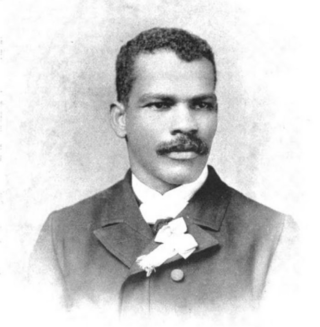
Ernest A. Lyon was an African-American minister, educator and diplomat.
Major Thibaut Jr., is an American politician who served as a member of the Louisiana House of Representatives for the 18th district from 2008 to 2020. The district encompasses Iberville, West Baton Rouge, West Feliciana, and Pointe Coupee parishes. Thibaut is known for his efforts to obtain infrastructure improvements in his largely rural district.
Brian James Costello is an American historian, author, archivist and humanitarian. He is an 11th generation resident of New Roads, Louisiana, seat of Pointe Coupee Parish. He is three-quarters French and one-quarter Italian in ancestry.
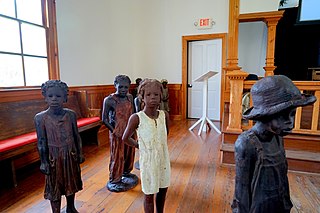
Following Robert Cavelier de La Salle establishing the French claim to the territory and the introduction of the name Louisiana, the first settlements in the southernmost portion of Louisiana were developed at present-day Biloxi (1699), Mobile (1702), Natchitoches (1714), and New Orleans (1718). Slavery was then established by European colonists.

Henry Howard (1818–1884) was an Irish-born American architect. Over the course of four decades, he designed over 280 buildings in Louisiana, including several plantation houses during the antebellum era. After the Civil War, he designed many town houses in New Orleans.

















